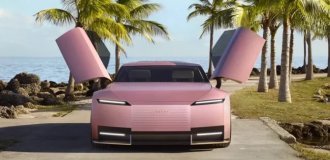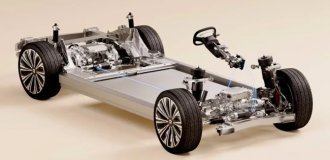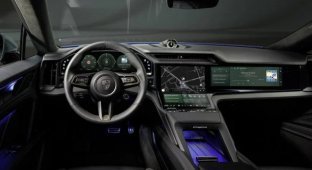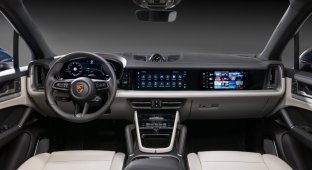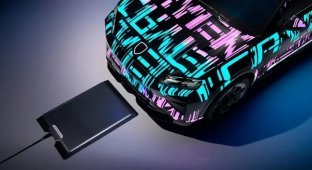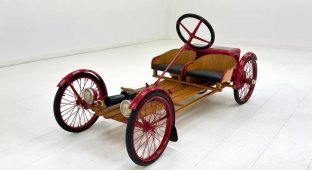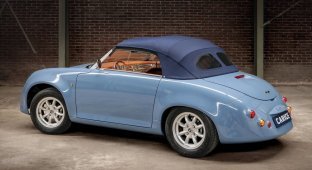It's time to discuss the problem of too many screens in cars. What's your opinion on this? (7 photos)
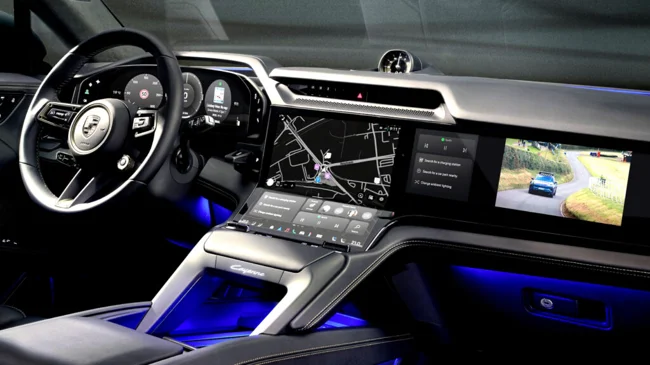
The Age of Screens in Cars
A quick look at the modern automotive market is enough to notice one obvious trend: screens are gradually taking over car interiors. Almost every new model, regardless of price category or segment, now has at least one display, and most have several at once. Interior design has become a competition for the number of pixels.
Some premium cars, such as the new electric Porsche Cayenne, are literally overflowing with screens. So today we ask: how do you really feel about the automotive industry's obsession with fully digital dashboards?
The new electric Cayenne has more screens than a Las Vegas LED buffet
Speaking of the new electric Cayenne, it’s worth noting that it’s geared towards total immersion. Drivers get a curved OLED instrument cluster, a 14.25-inch central touchscreen, and an optional 87-inch augmented reality display that stretches across the entire windshield. 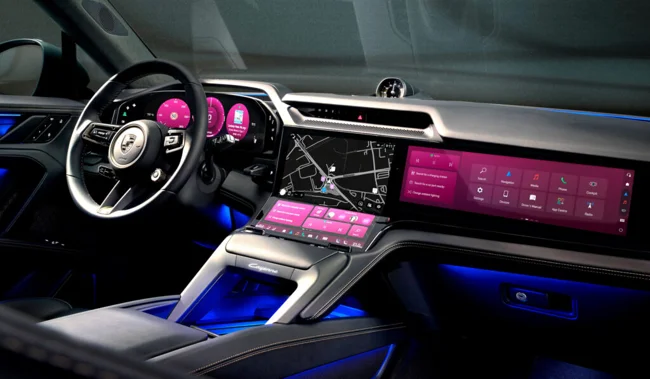
Screens for everyone, everywhere
Even the passenger isn’t left out – there’s a separate 14.9-inch screen for watching videos and controlling apps. Porsche has also added AI for its voice assistant, a digital key that can be shared with up to seven users, and new “Mood Modes” that synchronize the lighting, climate control, and seating to your mood.
But is more screens really better? Not everyone agrees. Automotive journalist Jack Barut rightly argued, I think, that “screens are for the common people,” pointing out how quickly full-size LCD panels are making their way from premium cars to cheap Chinese sedans, and in Porsche’s case, the other way around.
His point is that screens are getting cheaper every year, and what seems futuristic today may look ordinary tomorrow. After all, the same brilliant array of displays you’ll find in a $200,000 Porsche will soon be available in $10,000 electric city cars with all the appeal of a microwave oven.
Craftsmanship over chips 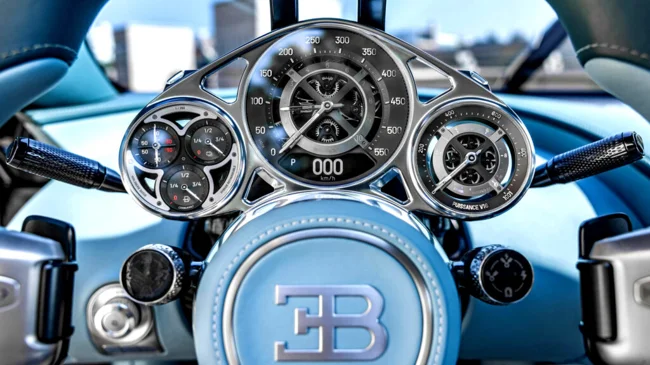
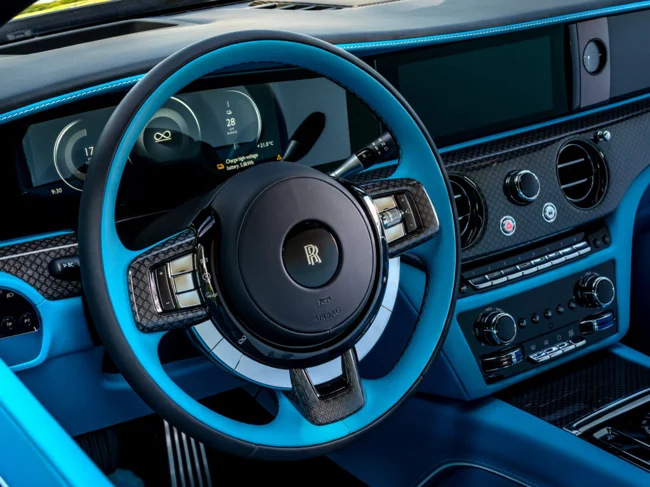
That’s why Bugatti, for example, has opted for mechanical, gear-driven dashboards for its new Tourbillon model. This expensive, old-fashioned solution emphasizes craftsmanship over pixels. When we tested the Rolls-Royce Spectre, the physical controls looked convincing as well.
Lessons from the Quartz Age
Want another example? Think back to the 1970s and early 1980s, the so-called quartz crisis, when LED and digital watches convinced everyone that mechanical hands were obsolete. For years, red numbers and quartz chips were a symbol of modernity. Until they appeared on everyone and suddenly lost their appeal.
Once the novelty wore off and the market was flooded with cheaper versions, the mechanical watch quietly reclaimed its throne, especially among luxury brands, valued not for convenience but for character.
The same story could play out in car showrooms, where luminous dashboards filled with screens promise the future but risk aging like those once-desirable digital watches, victims of their own disposability and faceless brilliance. 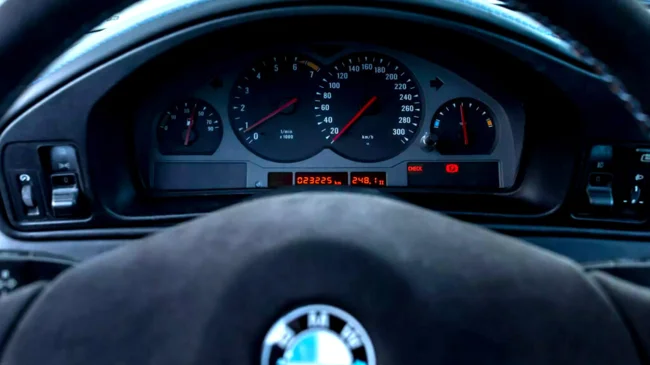
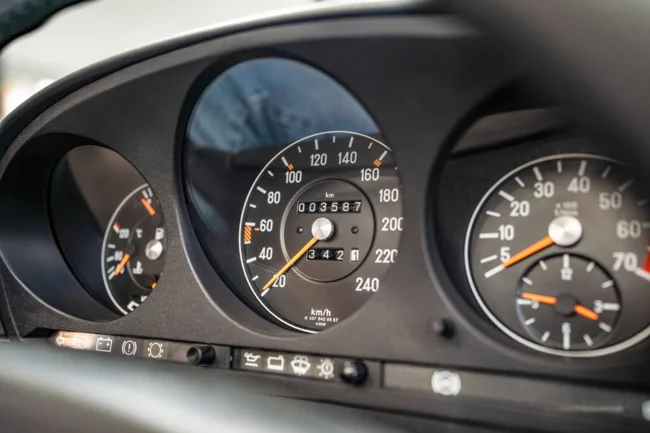
Finding balance
On the one hand, digital dashboards offer undeniable convenience, personalization, and technology integration. On the other hand, they risk making cars even more disposable, interchangeable, and less special – and they’ll show their age in a few years, as technology advances at a rapid pace. Just look at the infotainment systems of the 2000s.
We’re not saying screens should disappear completely, but maybe they should learn some manners. Use them where they make sense, like for entertainment, navigation, or additional indicators, and then let real physical controls do the rest, rather than relying solely on touchscreens.
Not only are buttons, switches, and dials more enjoyable to use, they also give designers the freedom to create interiors with some personality again, instead of the same glass-plate aesthetic that every brand now calls “minimalism,” which usually means one giant screen that stretches from corner to corner.
So we ask you: Do you like the flexibility and high-tech vibe of digital dashboards, or would you like to see more manufacturers bring back the timeless mechanical dials? 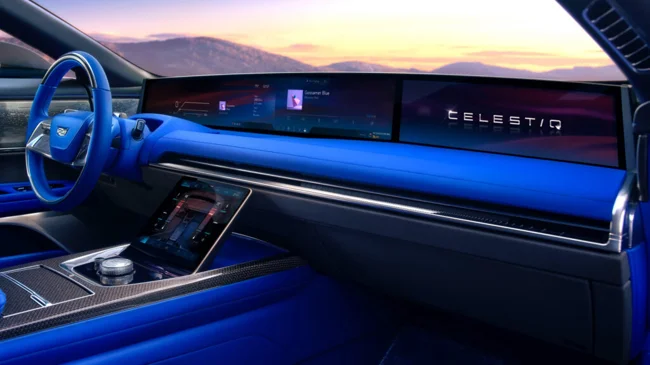
This debate about screens in cars reflects a broader cultural struggle between technological progress and traditional values of quality. While digital interfaces offer an unprecedented level of functionality, they also create a unified, standardized experience that can diminish the uniqueness of different automotive brands. Automakers face a difficult choice: whether to follow temporary trends or invest in designs that will stand the test of time. The future will likely lie in a hybrid approach, where advanced technology is combined with tactile, carefully crafted physical elements, creating a balance between innovation and timelessness.








